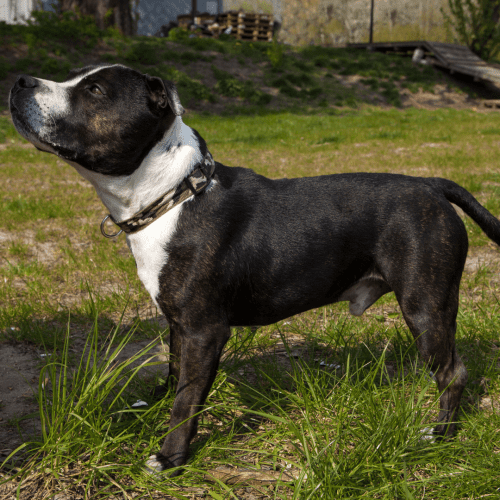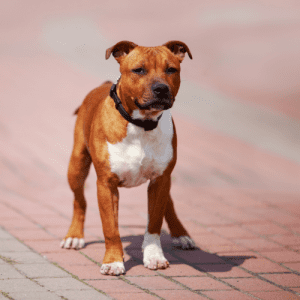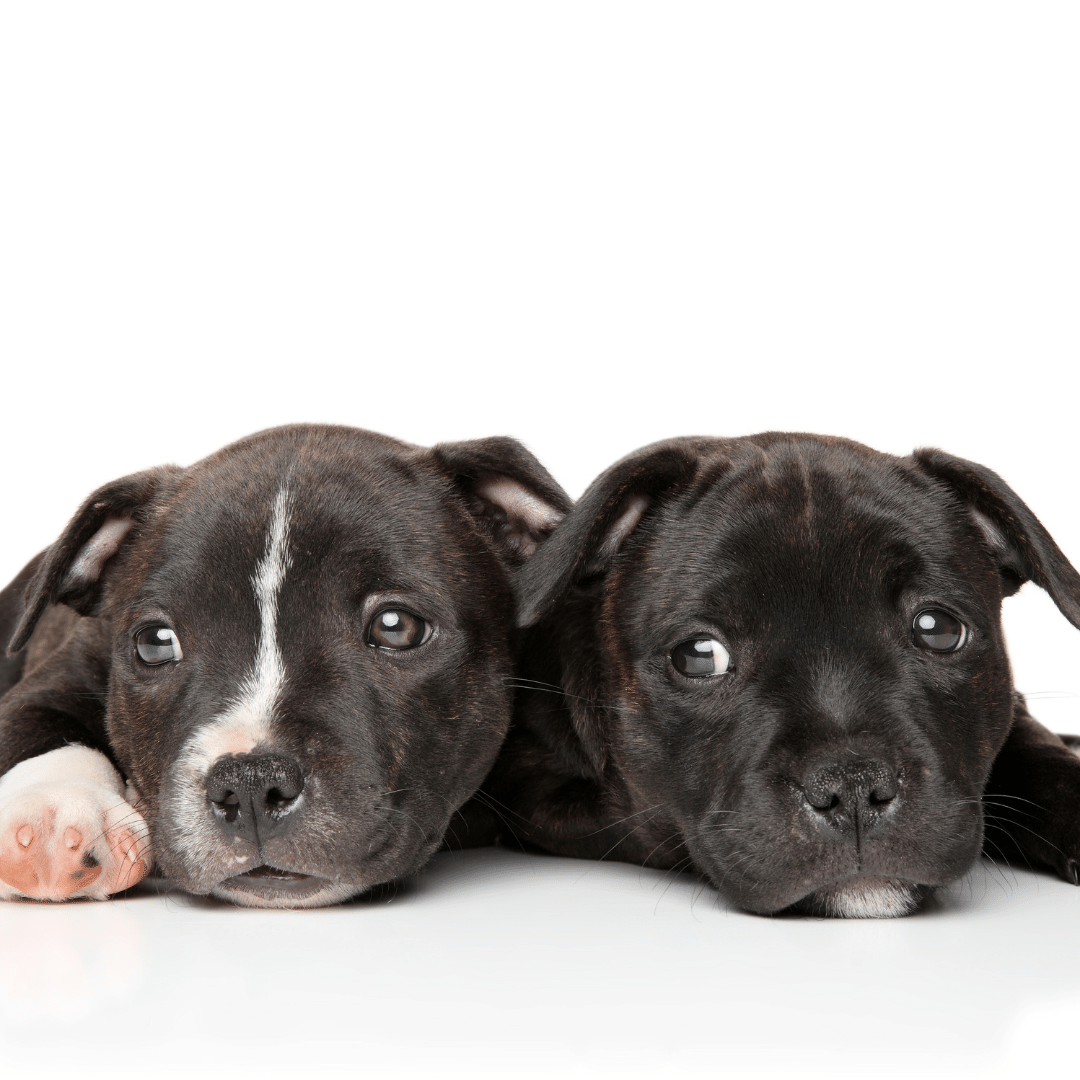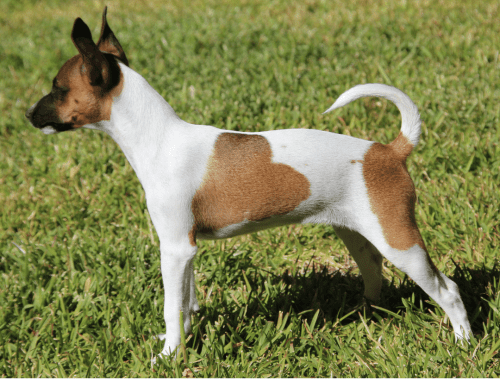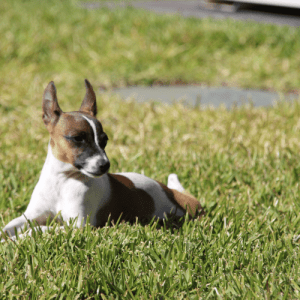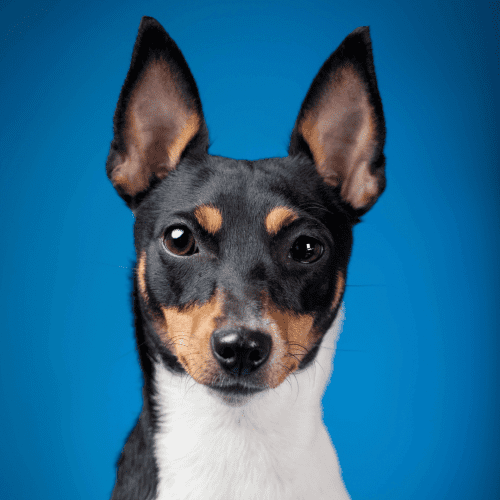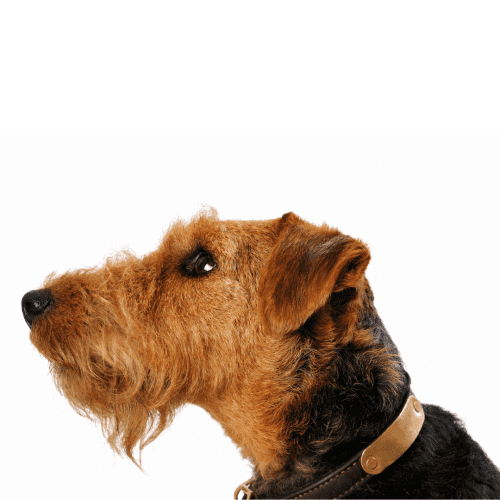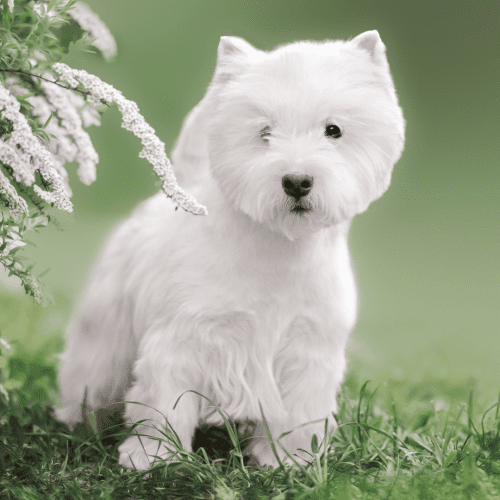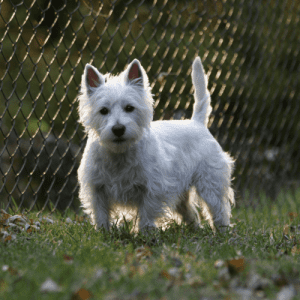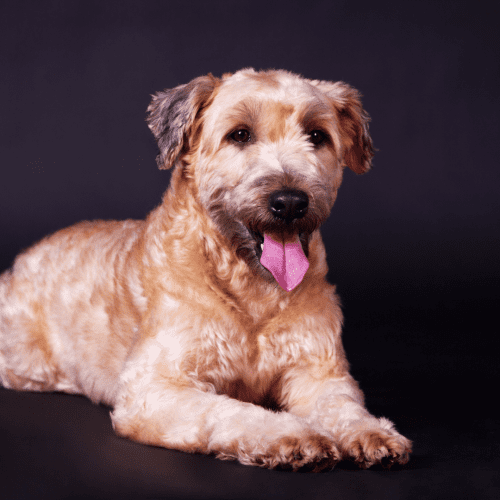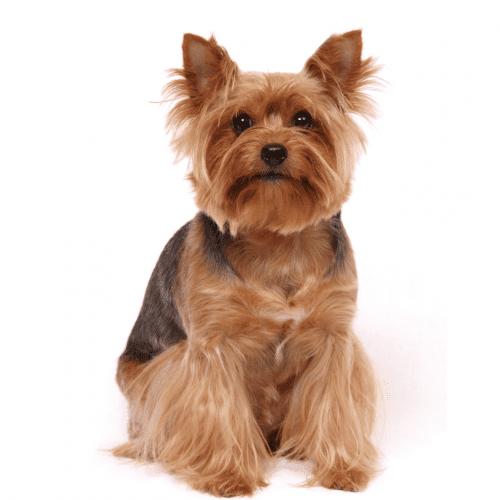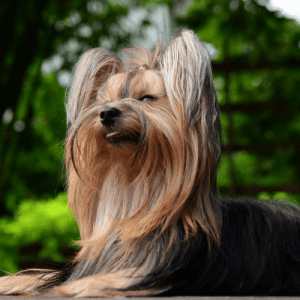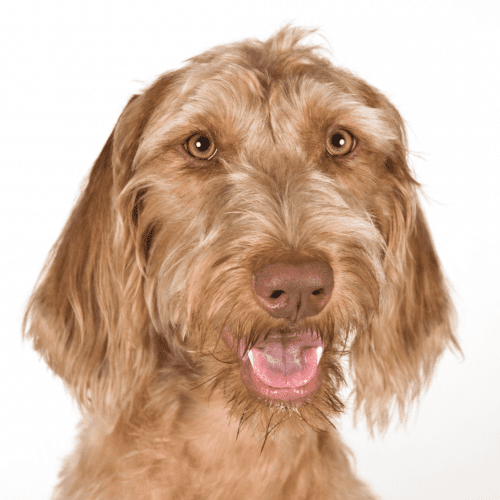Terrier dog breeds are a favorite of many dog lovers. These feisty little dogs are full of personality and make great companions. There are many different types of terrier breeds, each with its own unique characteristics. Whether you’re thinking of adopting a terrier puppy or are just curious about this popular breed, here’s where you can learn more about the terrier dog breed.
The Terrier dog breed is a group of small to medium-sized dogs known for their energetic nature, distinctive appearance, and strong prey drive. Terriers have a wide range of characteristics, including being brave, feisty, and independent. They’re also known to be alert and quick-witted, making them excellent watchdogs.
Regarding temperament, Terriers are generally spirited and self-assured but can also be stubborn. Regarding training, it’s essential to establish yourself as the pack leader and use positive reinforcement techniques. Consistency and patience are key when training a Terrier.
Regarding grooming needs, Terriers have a wiry or silky coat that requires regular brushing to prevent matting. It’s also important to regularly trim their nails and clean their ears to avoid any potential health issues. Regarding health concerns, Terriers are generally healthy dogs but may be prone to certain conditions such as allergies, dental problems, and skin issues. Regular veterinary check-ups and a nutritious diet are essential for their overall well-being.
Terriers stand out from other dog breeds due to their distinctive physical characteristics and strong prey drive. These small to medium-sized dogs are known for their unique features, including a wiry or silky coat, a compact body, and a fearless expression. Terriers come in a variety of breeds, each with its own set of characteristics and temperament.
Terriers are known for their determined and independent nature. They’re often described as feisty, energetic, and tenacious. This temperament results from their history as hunting dogs, where they were bred to chase and catch prey. Due to their strong prey drive, providing them with plenty of mental and physical stimulation is essential. Terriers are highly intelligent and can excel in various dog sports and activities.
Regarding training, Terriers are stubborn at times. Using positive reinforcement techniques and being patient and consistent in their training is crucial. Socialization from an early age is also essential to ensure they get along well with other dogs and people.
In terms of health issues, Terriers are generally healthy dogs. However, some breeds may be prone to certain conditions, such as allergies, skin problems, and dental issues. Regular veterinary check-ups and a balanced diet are crucial to keep them in optimal health.
Grooming requirements for Terriers vary depending on the breed. Some Terriers have a wiry coat that requires regular brushing and hand-stripping to maintain its texture. Others may have a smooth or silky coat that’s easier to manage. Regular bathing, nail trimming, and dental care are also crucial for their well-being.
To explore the world of Terriers further, let’s focus on the diverse dog breeds that make up this unique group. Terriers are known for their distinctive personality traits and exceptional working abilities.
There are various terriers, each with its characteristics and temperament. Some popular terrier breeds include the Bull Terrier, Jack Russell Terrier, West Highland White Terrier, and Scottish Terrier. These breeds vary in size, coat type, and physical appearance.
Despite their differences, terriers share characteristics such as high energy levels, intelligence, and a strong prey drive. Terriers have a long history of being working dogs. Initially bred for hunting and vermin control, they have an instinct for digging, tracking, and chasing small games. This makes them excellent choices for activities like agility trials and Earthdog trials.
In addition to their working abilities, terriers also make wonderful family pets. They’re loyal, affectionate, and protective. However, it’s important to note that terriers may not always get along well with other pets, and their high energy levels require regular exercise and mental stimulation.
Terriers have also made their mark in popular culture. From Toto in ‘The Wizard of Oz’ to Eddie in ‘Frasier,’ terriers have charmed audiences with their spirited personalities and adorable appearances.
Originating from different parts of the world, the history and origins of terriers can be traced back to ancient times. Terriers have a rich and diverse heritage, with various breeds from different regions. The exact origins of terriers are debated among historians and dog enthusiasts. However, it’s widely believed that terriers were initially bred for specific purposes such as hunting, ratting, and guarding.
Terriers have a long history that dates back several centuries. These dogs were highly valued for their exceptional hunting skills and tenacious nature. They were often used to control vermin populations, protect livestock, and assist in hunting small game. The characteristics that make terriers excellent hunting companions, such as their intelligence, agility, and ability to dig, have been honed over generations through selective breeding.
The popularity of terrier breeds has grown over the years, and they’re now cherished pets in many households. Their compact size, energetic nature, and unique personalities suit various lifestyles. However, it’s important to note that training terriers can be challenging due to their independent and stubborn nature. Consistent and positive reinforcement training methods are essential for a successful training experience.
With their exceptional hunting skills and tenacious nature, humans have utilized terriers for various purposes throughout history. Terriers are known for their intelligence and quick learning abilities, making them highly trainable for multiple roles. These dogs have proven valuable assets in various industries, from guarding livestock to controlling vermin.
In recent years, terrier therapy dogs have gained popularity due to their friendly and affectionate nature. These dogs are trained to provide comfort and emotional support to individuals in hospitals, nursing homes, and other healthcare settings. Their small size and gentle demeanor make them perfect companions for those in need.
Terriers are also actively involved in various sports activities such as agility trials, flyball, and Earthdog trials. They excel in these competitions due to their agility, endurance, and strong prey drive. Additionally, terrier breed standards have been established to ensure that these dogs possess the desired traits and characteristics that make them distinct from other breeds.
Terriers are beloved by diverse individuals who appreciate their unique characteristics and versatile nature. These individuals come from all walks of life and have different reasons for connecting with Terriers.
Some types of Terrier owners include families, singles, and seniors. Terriers make excellent therapy dogs due to their intelligence, loyalty, and affectionate nature. They provide comfort and emotional support to people in hospitals, nursing homes, and other healthcare settings.
Additionally, Terriers excel in agility competitions where their agility, speed, and intelligence are showcased. Their boundless energy and enthusiasm make them perfect competitors in these events.
Terriers also have a rich history in hunting, where their small size and fearless nature allow them to excel in hunting small game such as rats and foxes.
Furthermore, Terriers have made their mark in the entertainment industry, appearing in numerous movies and TV shows. Their charming personalities and quick learning ability make them ideal for on-screen roles.
Terrier dog breeds exhibit various sizes, from miniature toy terriers to the larger Airedales and Bull Terriers. Regarding training, terriers are known for their intelligence and determination. They’re quick learners but can be independent and stubborn at times. Positive reinforcement techniques, such as rewards and praise, work best for terrier training.
Terriers have distinct characteristics that set them apart from other breeds. They’re known for their energetic nature, high prey drive, and strong instincts. These traits make them excellent hunting companions and great at pest control.
Grooming needs for terriers vary depending on the breed. Some terriers have wiry coats that require regular hand stripping to maintain their texture, while others have shorter coats that require less maintenance. Regular brushing and occasional bathing are essential for keeping their coats clean and healthy.
Like all dog breeds, terriers can be prone to specific health issues. Common health concerns include allergies, skin problems, and dental issues. Regular vet check-ups and a balanced diet are essential for maintaining their health.
Terriers are known for their feisty and spirited temperament. They’re often described as lively, courageous, and full of personality. They’re loyal and protective of their families, making them excellent watchdogs. However, their strong prey drive means they may not get along well with small animals or other pets. Early socialization and proper training are crucial to help them become well-rounded companions.



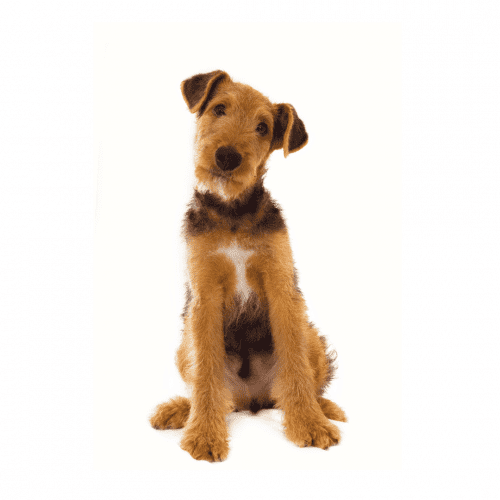
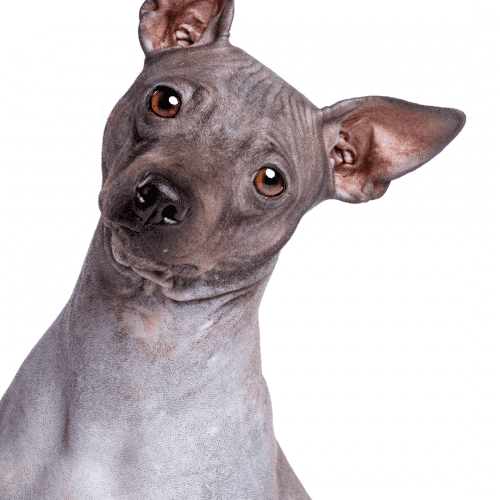
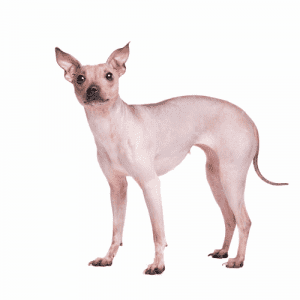
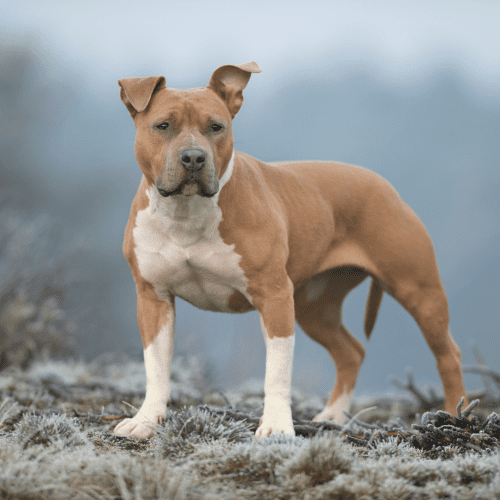
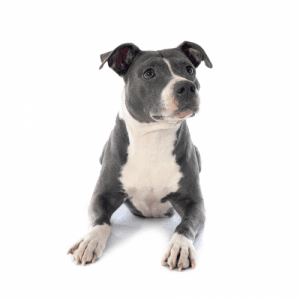
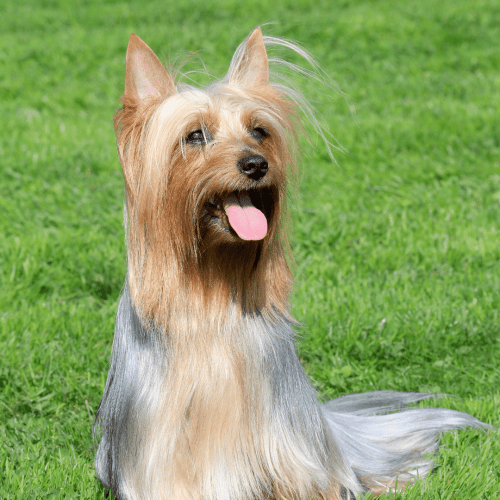
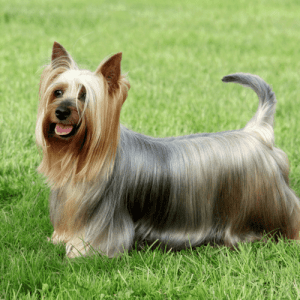
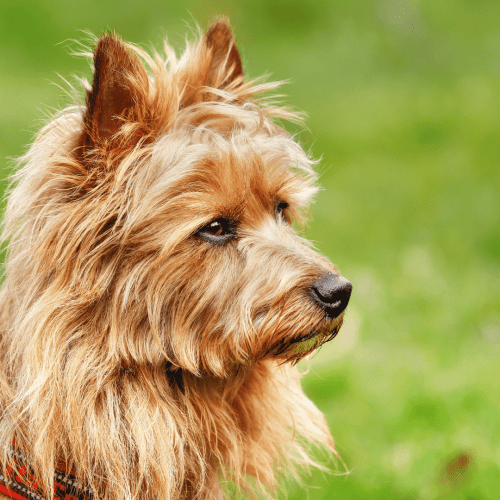

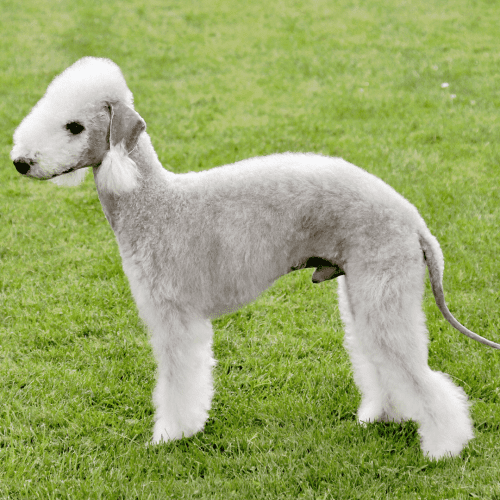
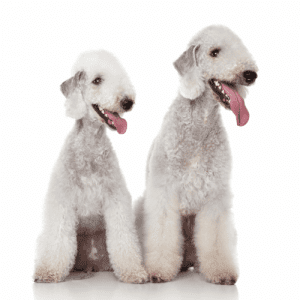
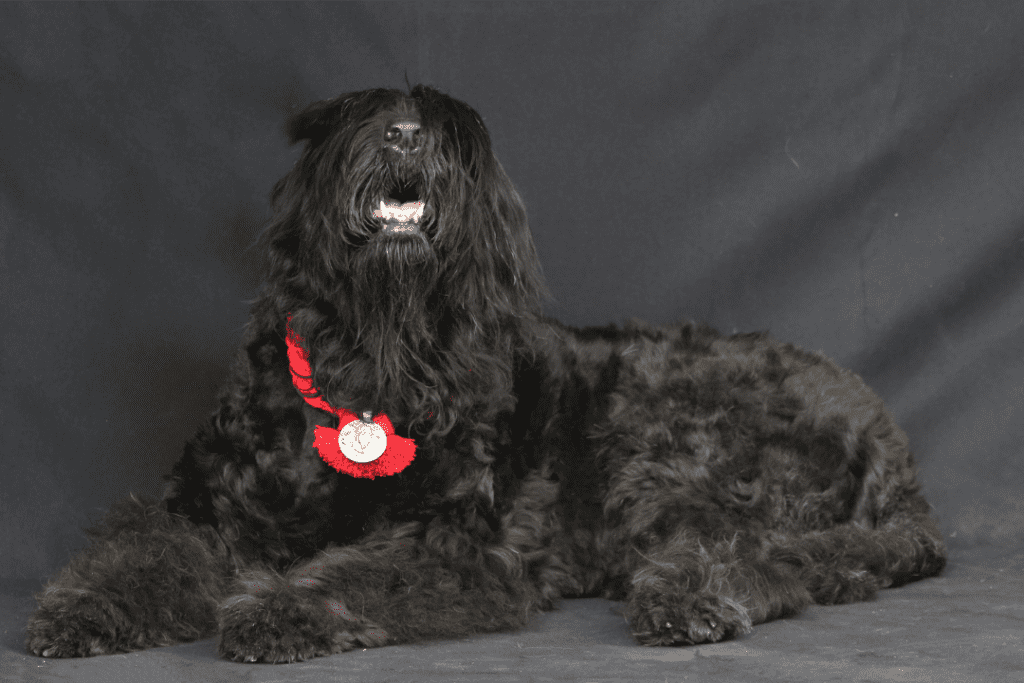

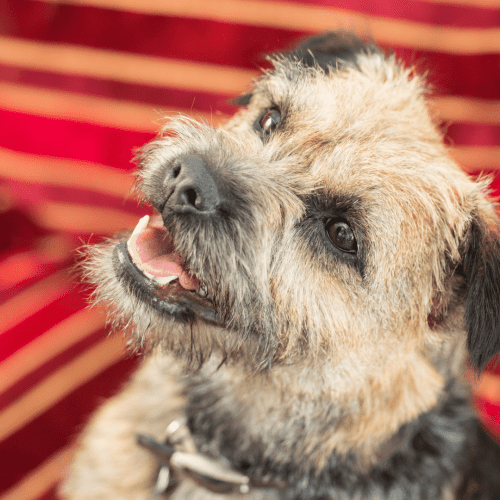
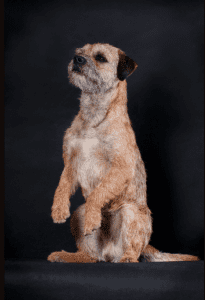
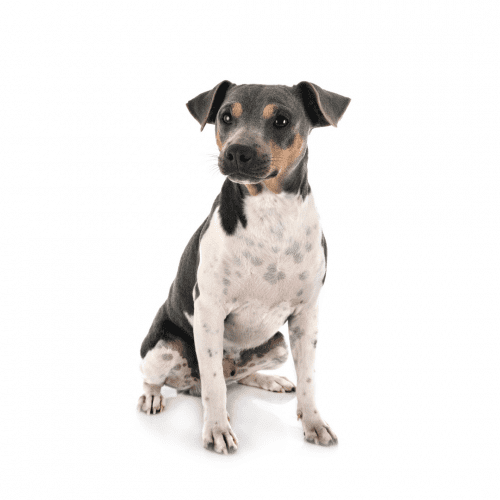
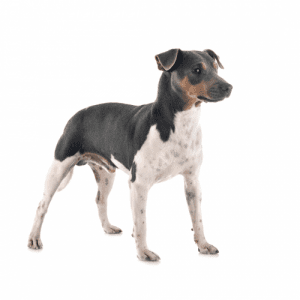
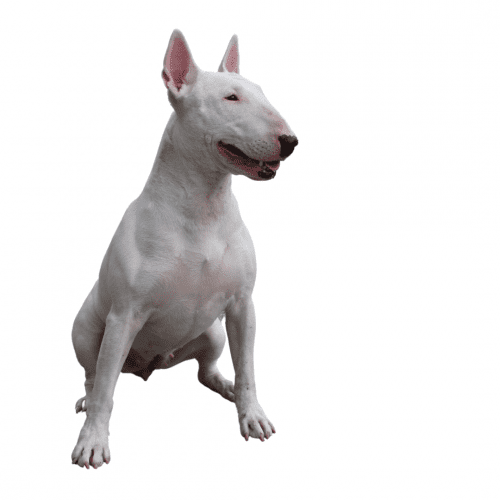

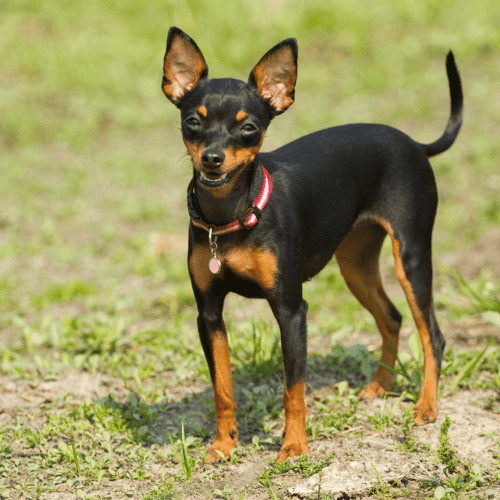
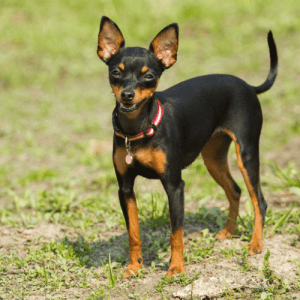
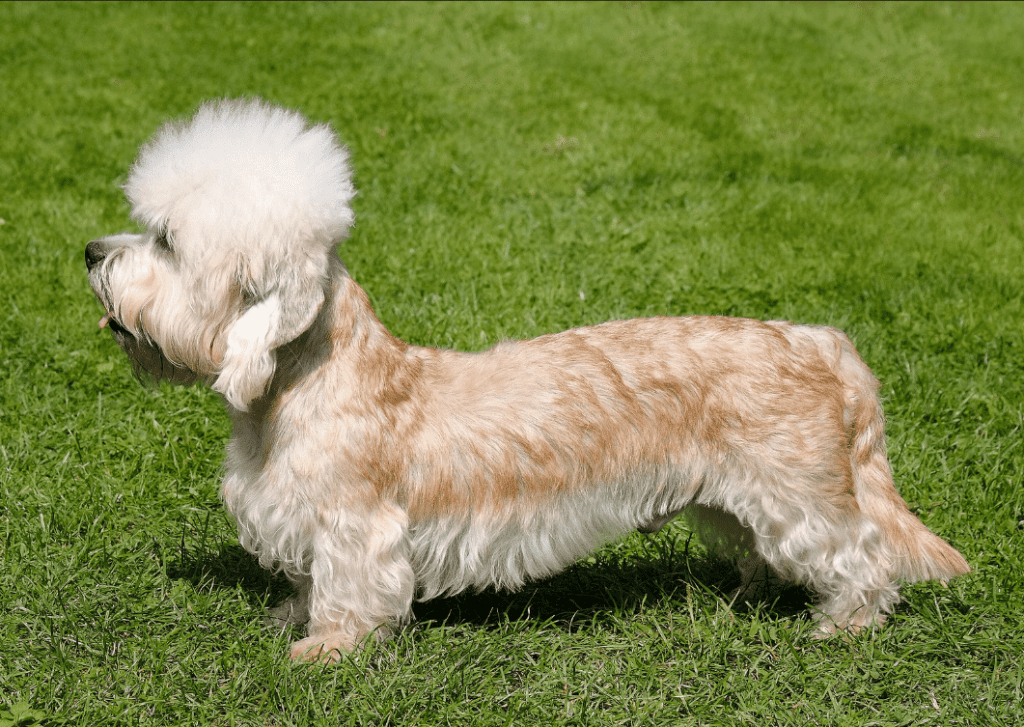
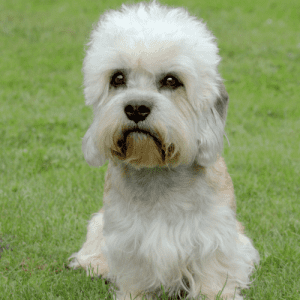
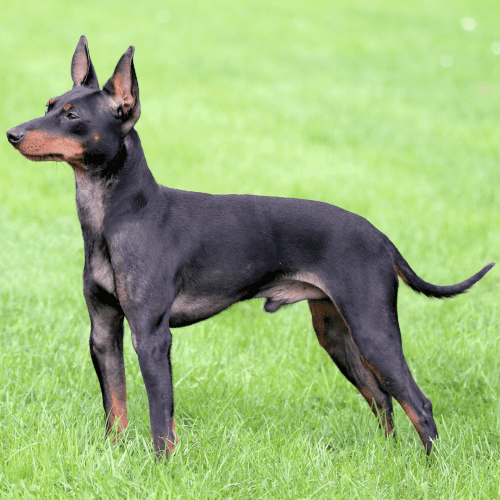

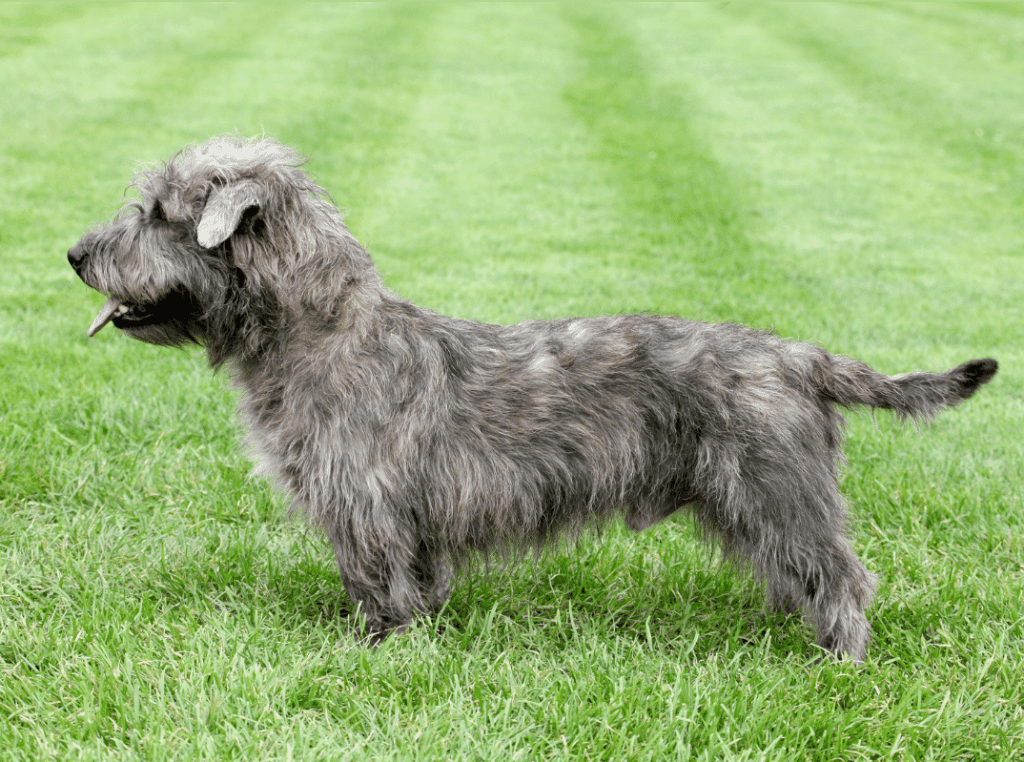
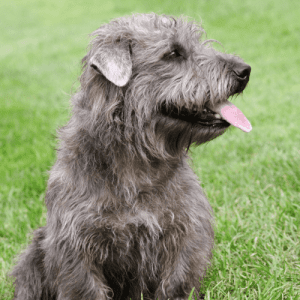
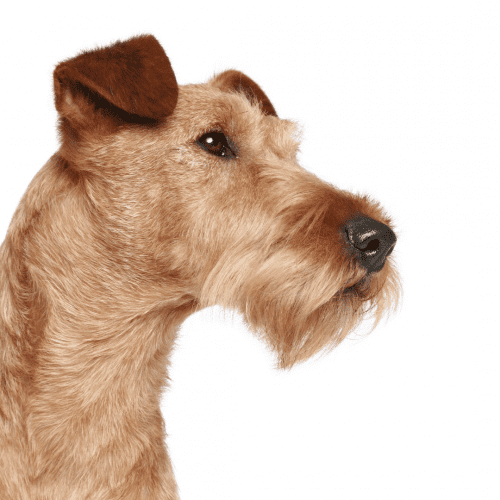

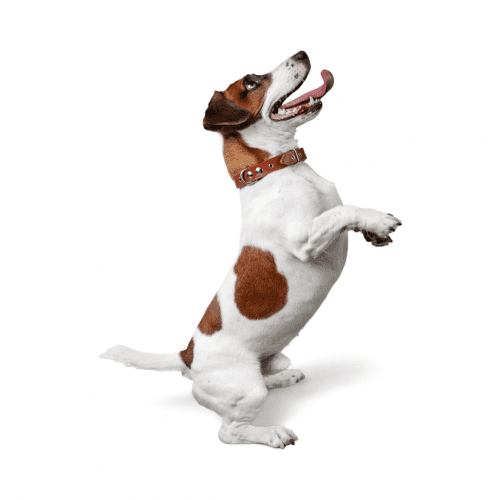

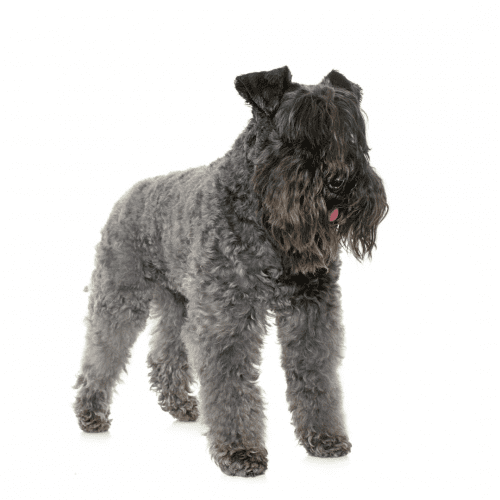

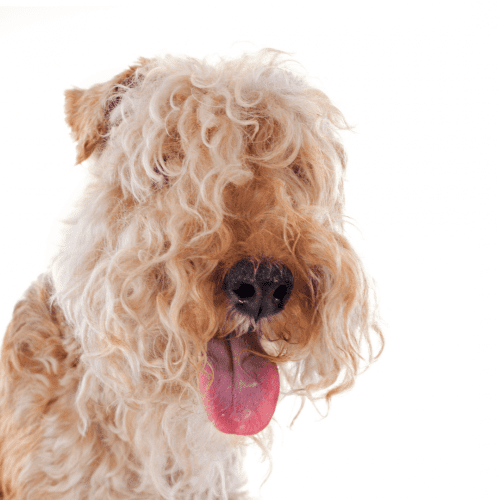

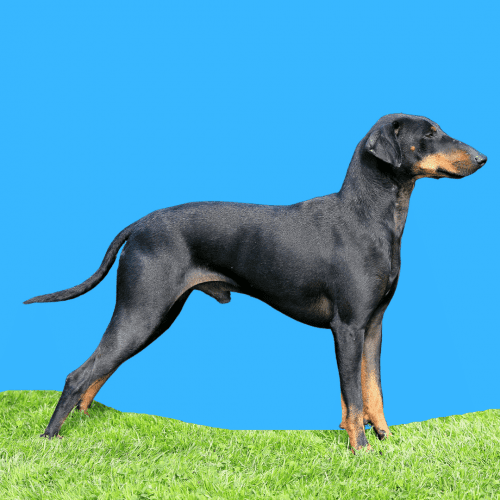
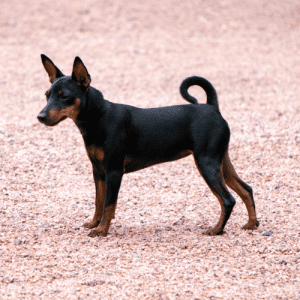
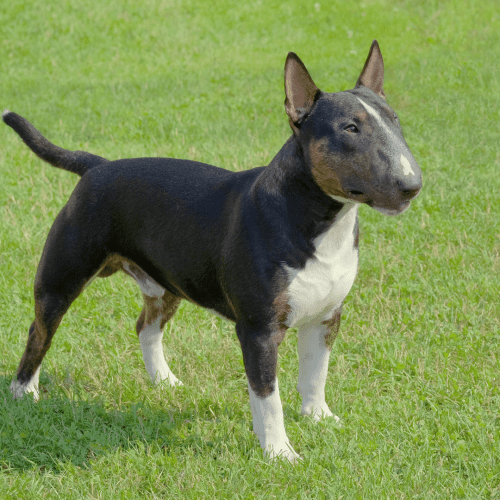

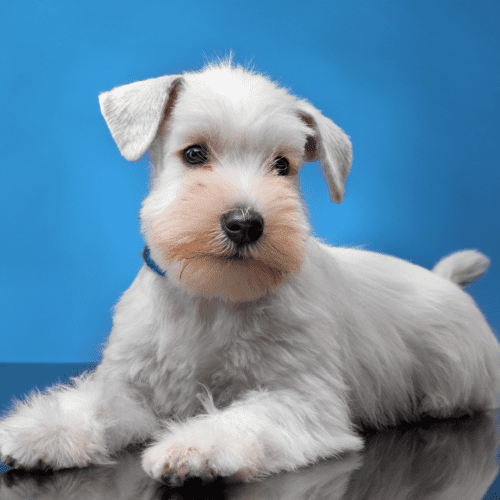

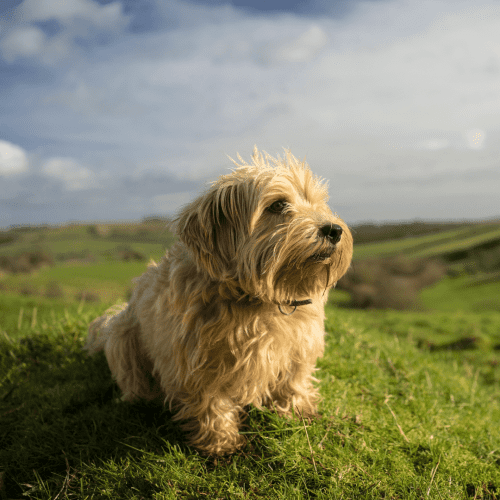

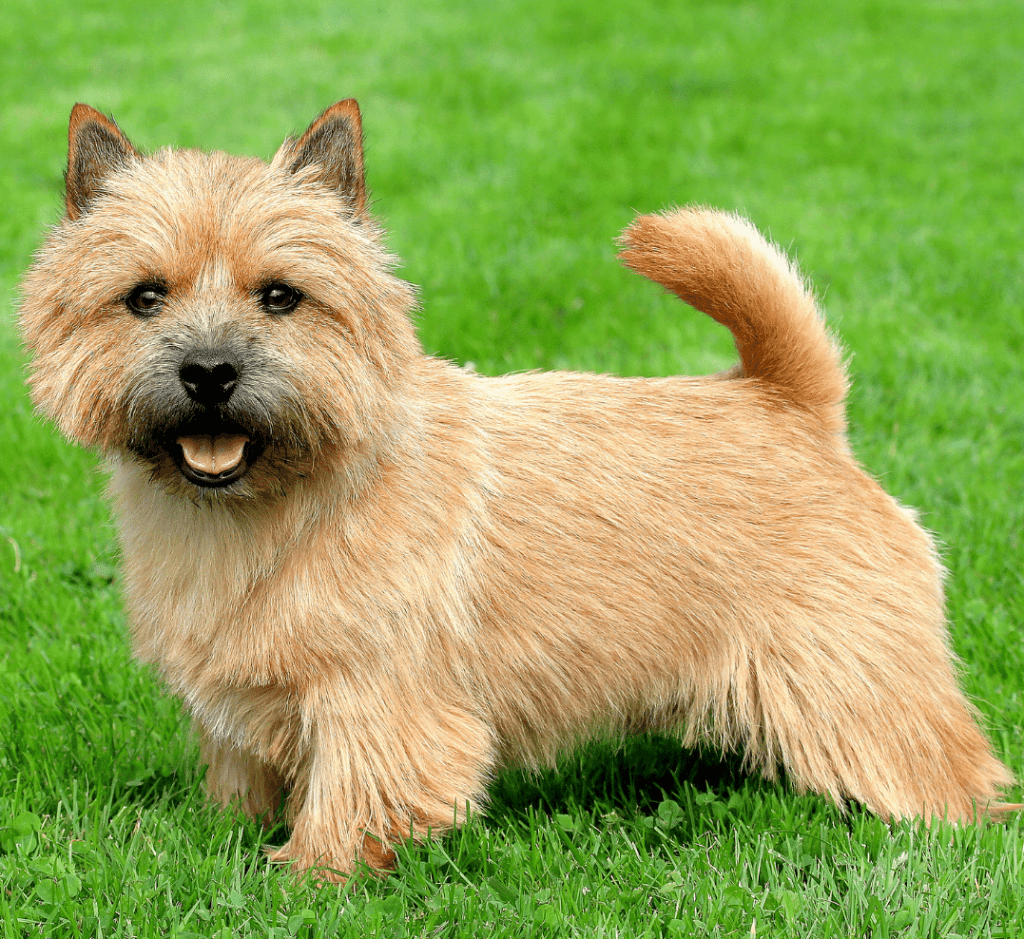

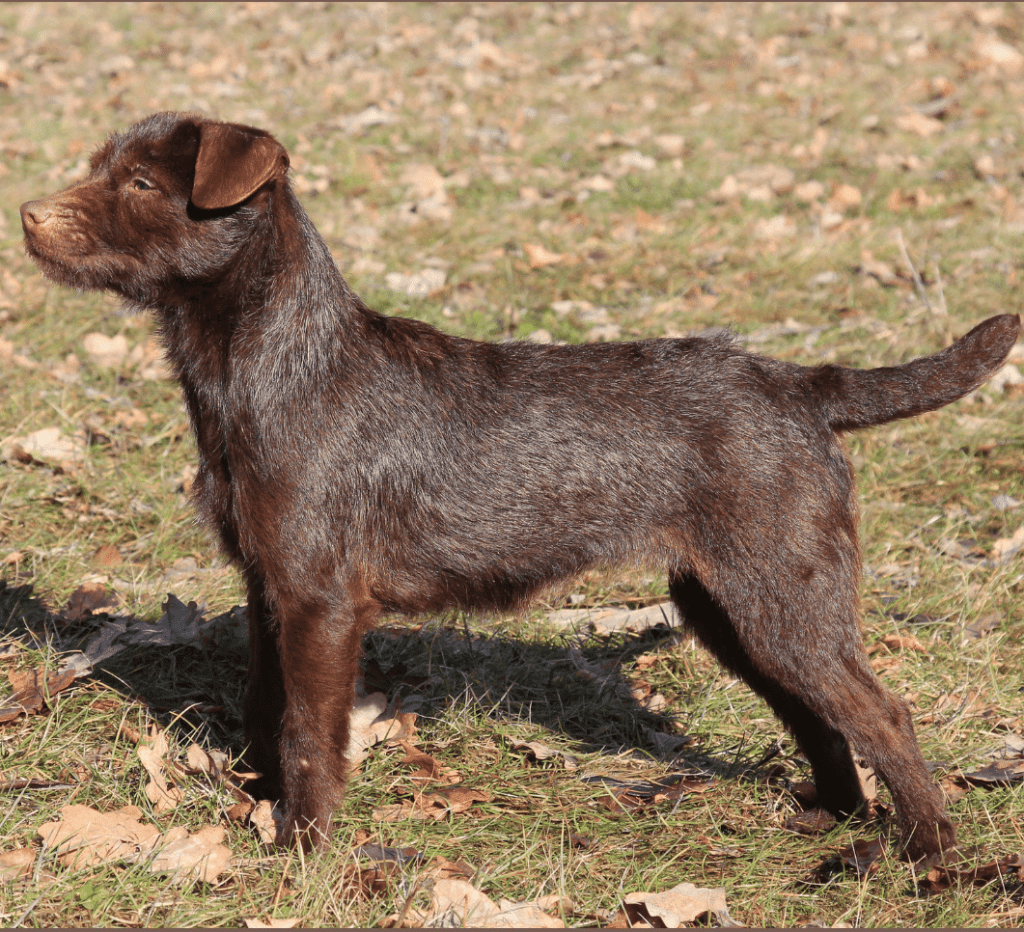
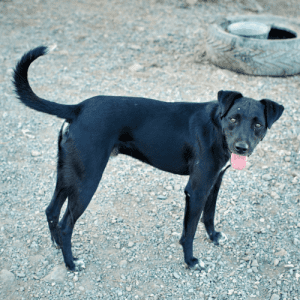
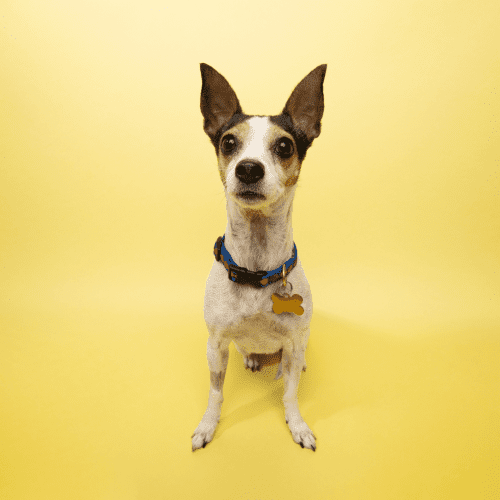

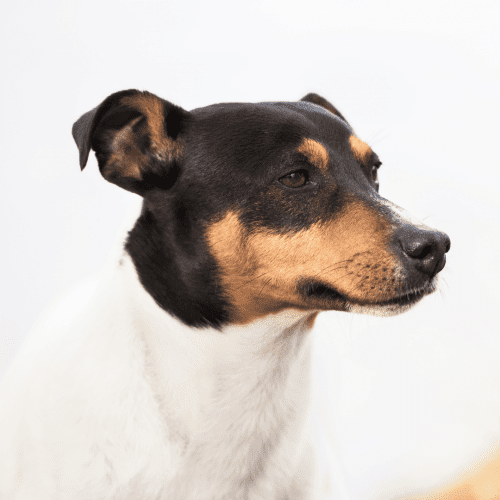
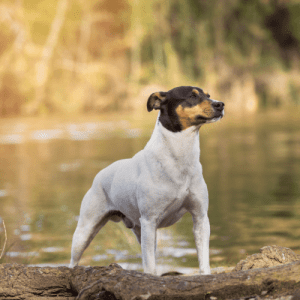
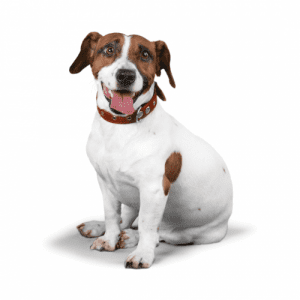
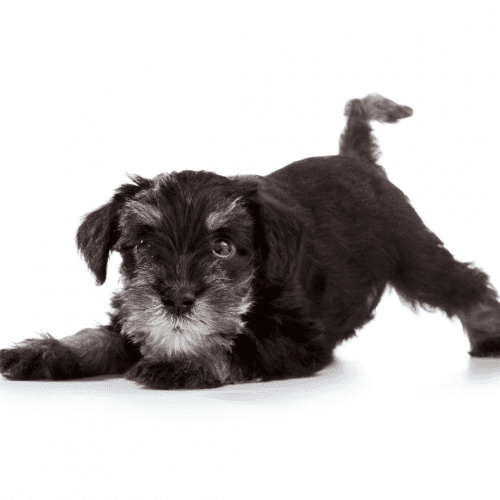

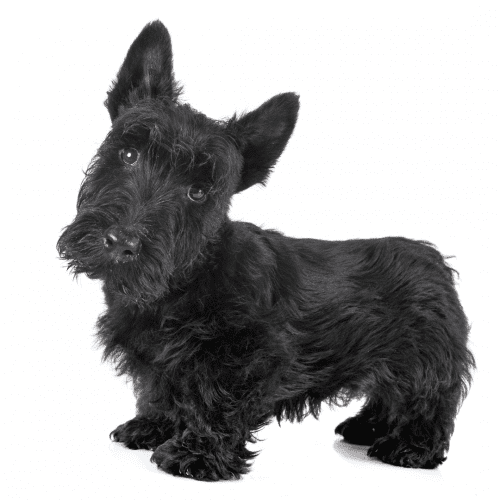
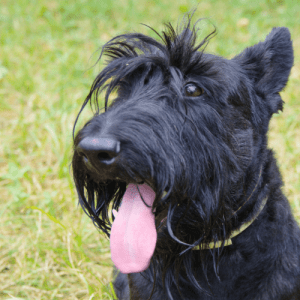 What Is The History Of The Scottish Terrier Dog Breed?
What Is The History Of The Scottish Terrier Dog Breed?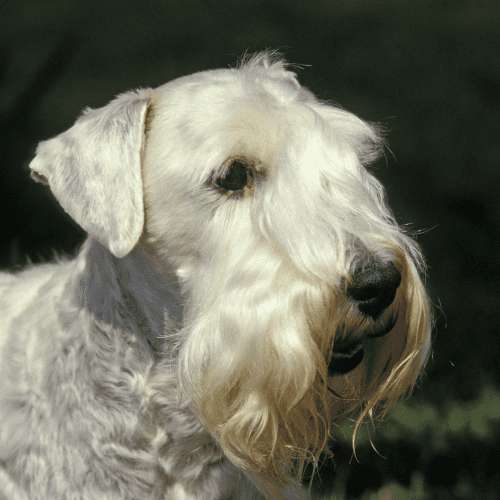
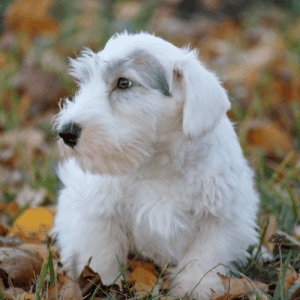 What Is The History Of The Sealyham Terrier Dog Breed?
What Is The History Of The Sealyham Terrier Dog Breed?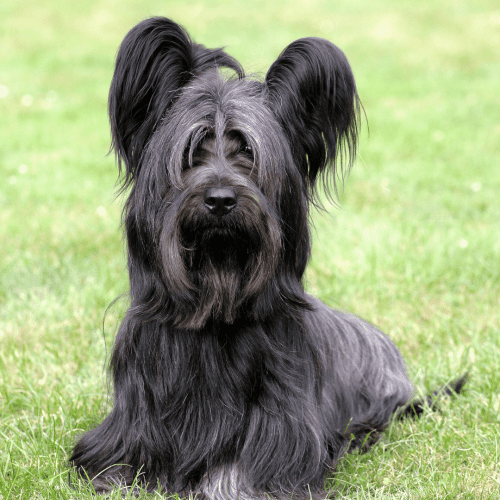
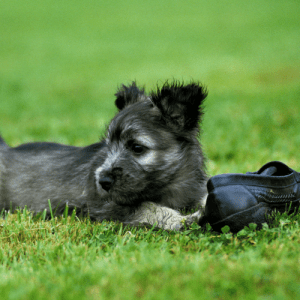 What Is The History Of The Skye Terrier Dog Breed?
What Is The History Of The Skye Terrier Dog Breed?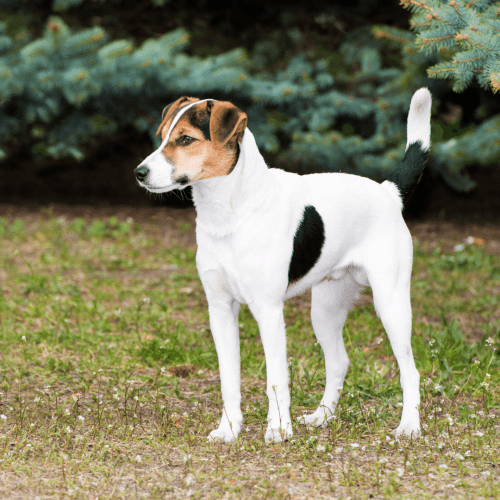
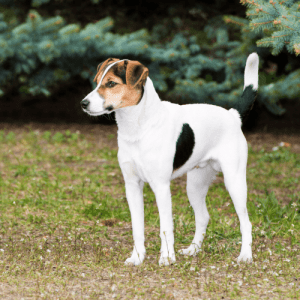 What Is The History Of The Smooth Fox Terrier Breed?
What Is The History Of The Smooth Fox Terrier Breed?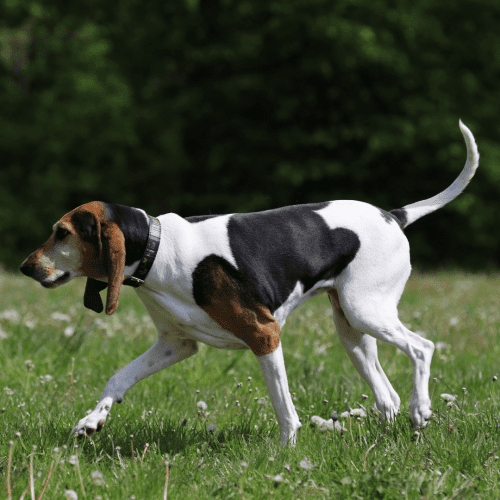
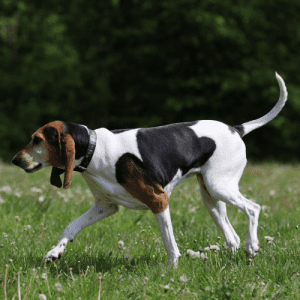 What Is The History Of The Smooth Foxhound Terrier Dog Breed?
What Is The History Of The Smooth Foxhound Terrier Dog Breed?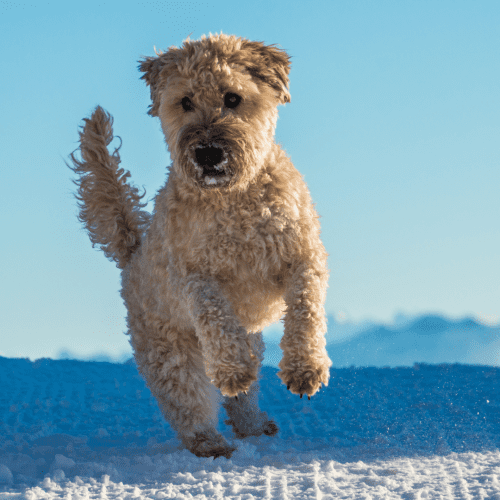
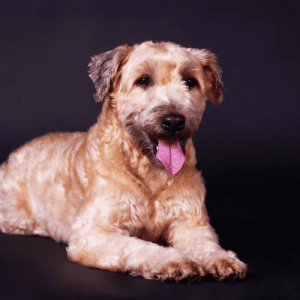 What Is The History Of The Soft Coated Wheaten Terrier Dog Breed?
What Is The History Of The Soft Coated Wheaten Terrier Dog Breed?